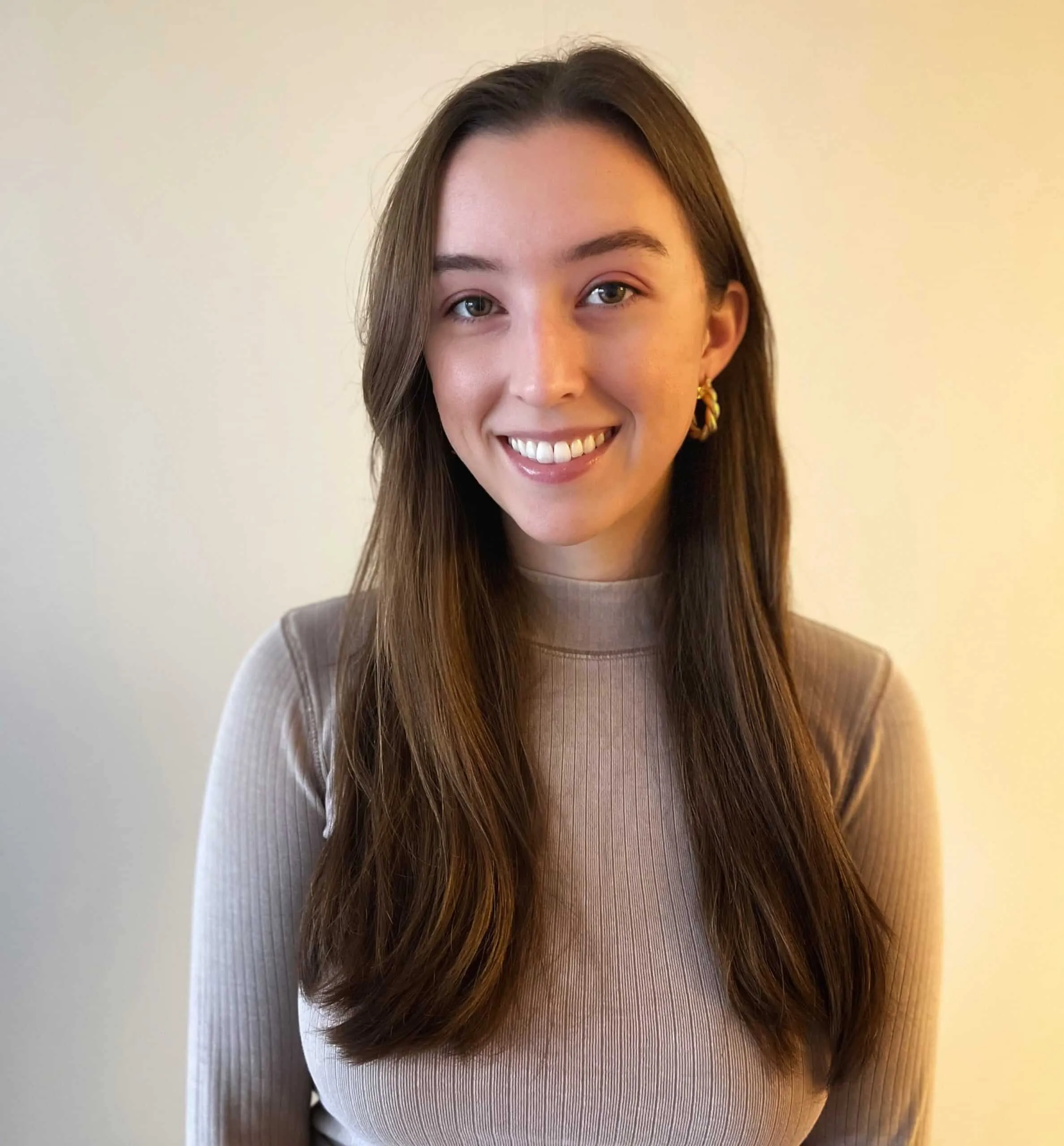Humanizing Healthcare Thought Leaders is Key to Top Tier Earned Media Coverage
Humanizing Healthcare Thought Leaders is Key to Top Tier Earned Media Coverage


In the fast-paced world of healthcare public relations, we’re constantly seeking ways to position our clients at the forefront of breaking news and timely trends. This is a universal challenge across industries, but the current revolution happening in healthcare presents a particularly compelling opportunity. While we habitually focus on aligning our spokespersons with current events, there’s an often-overlooked strategy that can yield top-tier earned media coverage: tapping into the personal stories and quirks of our spokespeople, particularly in an industry like healthcare that is trying hard to buck a longstanding reputation for sterility and complexity.
Healthcare is inherently complicated, and while it is universally relatable, its level of accessibility leaves a lot to be desired. By guiding our healthcare experts spokespeople to share their expertise while also humanizing a technical topic, we can make healthcare more accessible to a broader audience through earned media. After all, healthcare is arguably the most human-oriented of any industry, so why shouldn’t it actually feel like that?
Take the example of healthcare exec Karthik Ganesh. While Karthik is highly experienced in driving business growth and has a deep understanding of the healthcare space, our break-through into top-tier media came from a personal habit: he owns only 100 personal items. This minimalistic lifestyle translated into his leadership style, catching the attention of CNBC Make It, which spotlighted Karthik in a story on “Why this CEO says minimalism is his key to success.”
Similarly, John F. Crowley, President and CEO of BIO, embarked on an extraordinary journey to find the first-ever treatment for the disease afflicting his children. Another feature story in CNBC Make It titled “The mistake smart risk takers don’t make, says self-made millionaire” not only highlighted his story of resilience and advocacy but the strategies he used to succeed in healthcare innovation as well.
Another inspiring example is Valeos, a non-profit dedicated to transforming the organ transplant system. Despite the uncertainty surrounding organ transplant reform, Valeos broke through in top-tier media due to its founder’s compelling story – Tristan Mace, a transplant recipient who turned his “bonus time” into a mission to advance the current organ transplant system. By leveraging his personal story as the foundational hook, Valeos was covered in Bloomberg and POLITICO, and received a handful of additional top-tier interest in business and healthcare media.
These examples highlight the power of humanizing our healthcare spokespeople and uncovering the unique stories behind their subject matter expertise to translate into meaningful earned media placements. Sometimes, the most compelling narratives already exist within a brands’ ecosystem, and as public relations experts, it’s our job to uncover these stories. By asking questions about thought leaders’ backgrounds, leadership styles, and personal habits in addition to their accomplishments and expertise, we can reveal captivating narratives that resonate with wider audiences and garner top-tier coverage.
If you’re interested in this strategy for healthcare public relations or any industry, take a look at the great leadership and success content behind journalists such as Robin Madell at Business Insider, Ashton Jackson at CNBC Make It or Oriana Rosa Royle at Fortune.
Get in touch with MWW Health team: